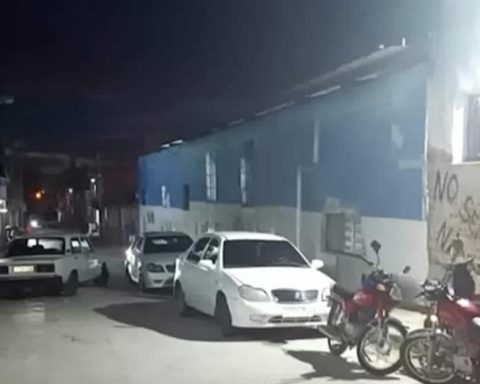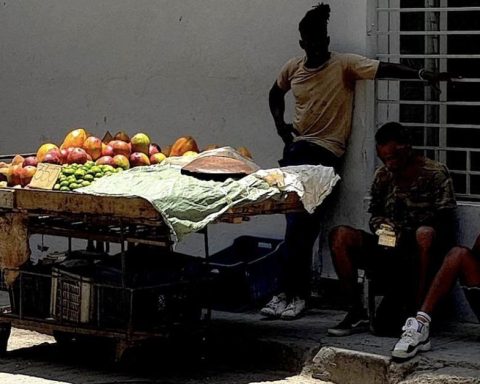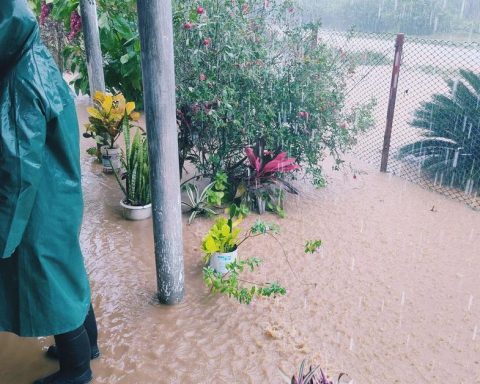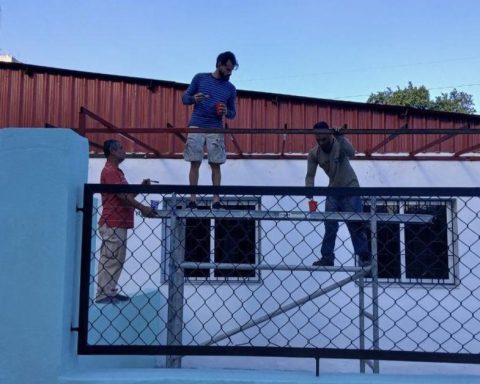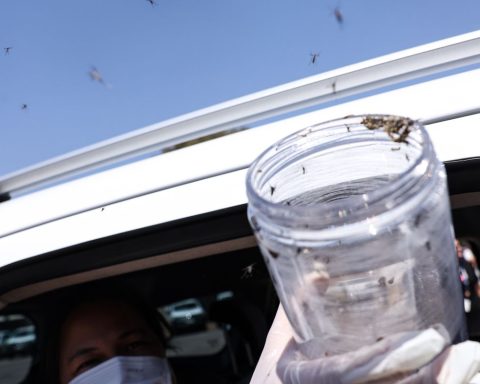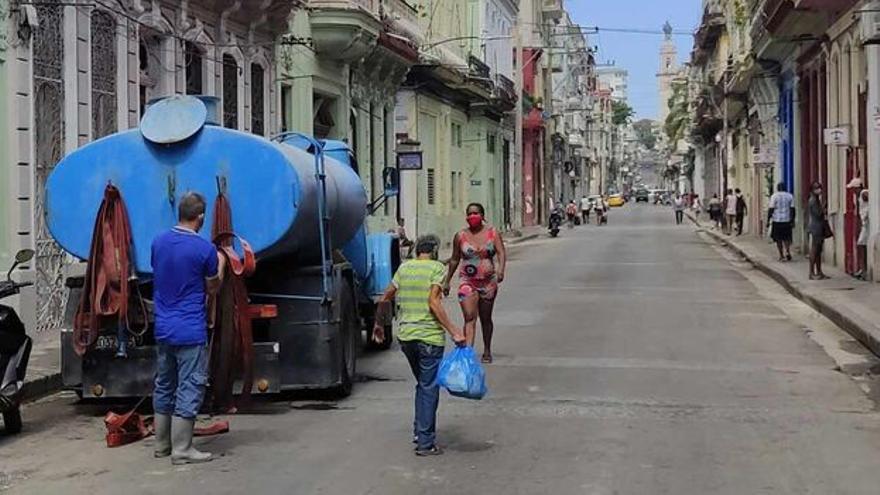
At least 156,000 people do not have safe and stable access to water service in Cuba, revealed this Wednesday Antonio Rodríguez, president of the National Institute of Hydraulic Resources. During one of the sessions of Parliament, the official warned about the constant breakdowns of the island’s aqueduct system due to obsolete equipment and damaged pipes, which daily cause “large losses” of both water and money.
According to Institute records, in Cuba there are 10.9 million inhabitants (98.6% of the total population) with basic water service coverage through aqueducts or pipes. Of these, 475,000 depend “permanently” on tanker cars.
20% of the water available on the Island is dispatched through the aqueduct systems, where a good part of the liquid is lost due to the poor technical state of the hydraulic infrastructure.
Around 2.07 million people receive water in their homes intermittently, every three or more days. In the same way, the families of 478 population settlements, where 2,000 Cubans live, have a totally or partially damaged aqueduct system.
Rodríguez reported that only in the past month there were 260 breakdowns on the island, which left more than 380,000 people without access to water. The situation led the residents of the neighborhood of Guatemala, in Mayarí, Holguín, they took to the streets the early morning of June 27 to demand the restoration of water after being without service for three months.
The crisis affected from the poorest neighborhoods to the inhabitants of the exclusive neighborhood of Miramar
The crisis affected from the poorest neighborhoods to the inhabitants of the exclusive neighborhood of Miramar, in Havana, where the diplomatic headquarters are housed. The Government assured that the deficit in the water service came to affect more than 200,000 families in the capital, 10% of the population.
The water deficit has also raised theft cases. A resident of Luyanó, in Havana, told 14ymedio that they must be alert so that the neighbors do not steal water from the residential connections with hoses. “You have to be aware at night, when the dogs bark,” she added.
To alleviate the crisis, the president of the Institute assured that the entry of 1,390 new pumps is planned for the next two years, whose operation will not depend on the National Electric System. This machinery will provide the service for 481,342 Cuban families.
Rodríguez acknowledged that the “tense situation” has not been resolved in the last five years due to difficulties in importing parts to repair the electric pumps. The official promised to solve the problem in the next three years, since a little more than 1.3 million dollars has been allocated to bring the equipment.
However, the projections are not encouraging for Cuban families since the water level, both from surface sources and from underground sources, has been reduced by the drought. In Guantanamo, for example, the Hydraulic Exploitation Company confirmed that the aquifer is scarce due to the characteristics of a poorly permeable soil.
This leads to more wells being drilled in search of water, without satisfactory results in many cases. According to a note in the provincial newspaper overcomethe company began a plan to dig six new springs in view of the lengthening of the dry periods.
________________________
Collaborate with our work:
The team of 14ymedio He is committed to doing serious journalism that reflects the reality of deep Cuba. Thank you for accompanying us on this long road. We invite you to continue supporting us, but this time becoming a member of our newspaper. Together we can continue transforming journalism in Cuba.
